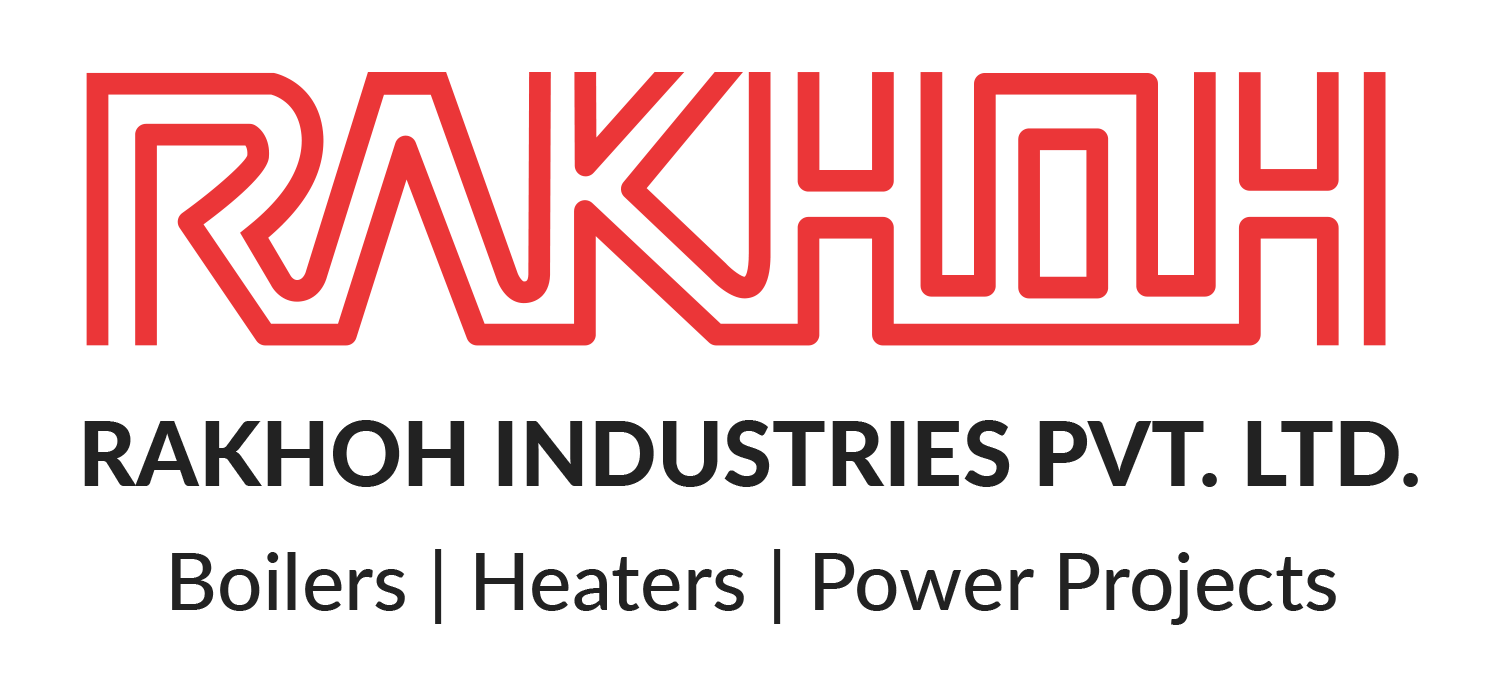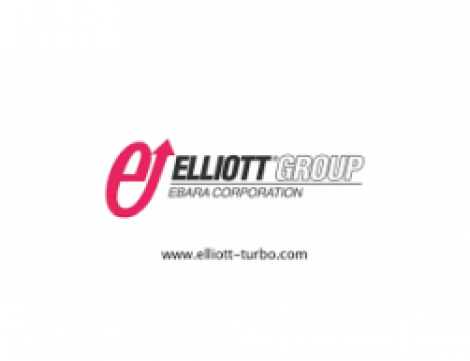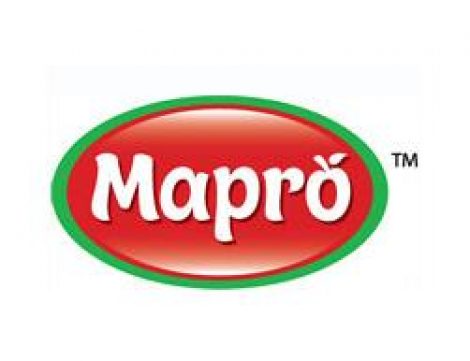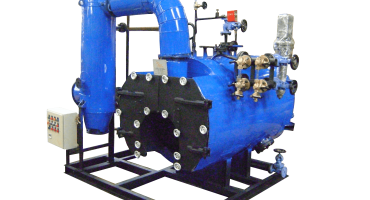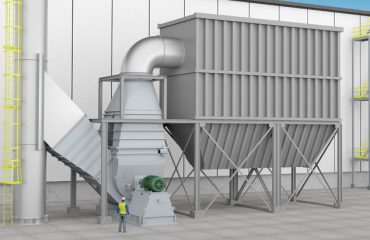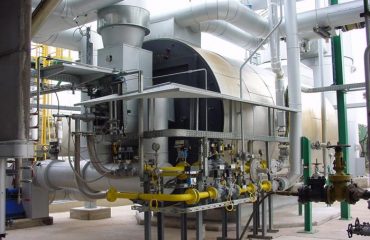Steam boilers play an integral part in most of the process and manufacturing industries in today’s world. Steam boilers are ideal for process operations as steam has a higher energy holding capacity and is safe and convenient to use. Depending on various factors such as industrial requirements, applications, fuel availability, steam pressure, volume, etc., steam boilers can be simple or complex. The two primary types of steam boilers used are Fire Tube Boilers and Water Tube Boilers. Over the last years, boiler manufacturers have expanded the options in the two basic types, offering extensive options to the customers. Let us dive deep into the details of both types of boilers.
Fire Tube Boilers:
As the name suggests, fire tube boilers function with the fire (combustion gases) inside the tubes. Fire-tube boilers have been prominent for over the century. Fire tube boilers are preferred by industries requiring high-pressure steam.
Functioning of Fire Tube Boilers:
The burner ignites in tubes immersed in water, which is included in the main vessel of the boiler. With several fire tubes, the heat from the gases passes to the water and heats it to the boiling point. The generated steam is captured in a space above the water and exits from the steam outlet for operational purposes. Since both the steam and water share the same vessel, the steam pressure is restricted. It is important to note that exceeding the vessel pressure beyond its capacity would lead to a hazardous consequence.
Fire-tube boilers can be classified based on the location of their furnace. They are termed external furnaces and internal furnaces.
External furnaces are further divided, into 3 types:
- Horizontal-return tubular fire tube boiler
- Short firebox fire tube boiler
- Compact fire tube boiler
On the other hand, internal furnaces are divided, into 2 types:
- Horizontal tubular fire tube boiler
- Vertical tubular fire tube boiler
Advantages of Fire Tube Boilers:
- Simple design and low maintenance
- Easy to operate for efficient performance
- Feedwater treatment is not necessary
- Economical as compared to Water Tube Boilers
- Ideal for Small Industries
Disadvantages of Fire Tube Boilers:
- Maximum working pressure up to 20 bar
- Overall efficiency up to 75%
- Difficult to handle load fluctuations
- Possibility of Drum Failures and Explosions if Neglected
- Steam generation and steam quality is low as compared to Water Tube Boilers
Water Tube Boilers:
As the name implies, water tube boilers function with the water inside the tubes. The gases from the furnace enter a large containment area, in which it bounces off the rear wall, passing the heat to the water tubes uniformly and efficiently. Water tube boilers reduce fuel costs and are significantly safe to use as the possibility of steam explosion due to failure is less because of less water.
Functioning of Water Tube Boilers:
The water tube boiler consists of multiple water tubes in a chamber. These tubes are sealed and can tolerate pressure individually without impacting the adjacent tube. The heat is passed to the water through the metallic tubes. The water heated rises to the top of the boiler in the steam drum. The steam is produced at a high rate in water tube boilers.
Contrary to fire tube boilers, the heat source surrounds the water in water tube boilers. It results in reduced stress on the boiler. Water-tube boilers are widely used for generating steam at high pressure and volume.
Components of Water Tube Boilers:
Water-tube boilers generally include the following:
Boiler Shell: external cylindrical unit of the pressure vessel
Burner: source of ignition to heat the water
Mud Drum: located at the bottom of the water container that accumulates the impurities from the water. It also facilitates blowdown operations.
Strainer: filter to strain out the solid elements
Sight Glass: monitoring the water levels
Advantages of Water Tube Boilers:
- Requires less floor area
- Direction of water circulation is well defined
- Easily handles load fluctuations
- Rate of steam generation and steam quality are high
- Overall efficiency up to 90% with an economizer
- Ideal for large industries and power plants
Disadvantages of Water Tube Boilers:
- Complex in design and high maintenance cost
- Requires trained operator for efficient operation
- Uneconomical for small industries
- Feedwater treatment is essential to prevent overheating and bursting
Efficiency in Steam Boilers:
Boiler manufacturers generally rate the boiler efficiency higher than its actual efficiency. However, by complying with few factors, industries can derive maximum efficiency from steam boilers. Some of the factors that impact boiler efficiency include:
- Regular Maintenance of steam boilers enhances the boiler efficiency. In fact, lack of maintenance can reduce the boiler efficiency up to 10%
- Boiler accessories like economizers can add up the efficiency level of the steam boiler
- Proper boiler size and the frequent on-off cycle can significantly impact the steam boiler efficiency
Rakhoh Boilers manufactures an extensive range of steam boilers for more than 20 process industry sectors in India and overseas. We are reputed to provide high-quality steam boilers such as Membrane Boilers, Bi-Drum Boilers, Husk Fired Boilers, Oil fired Boilers, Waste Heat Recovery Boilers, Thermic Fluid Heaters, etc. Apart from boilers, we provide the best boiler accessories and boiler services that boost the efficiency and performance of the steam boiler system.
Learn more about our products and services at www.rakhoh.com
